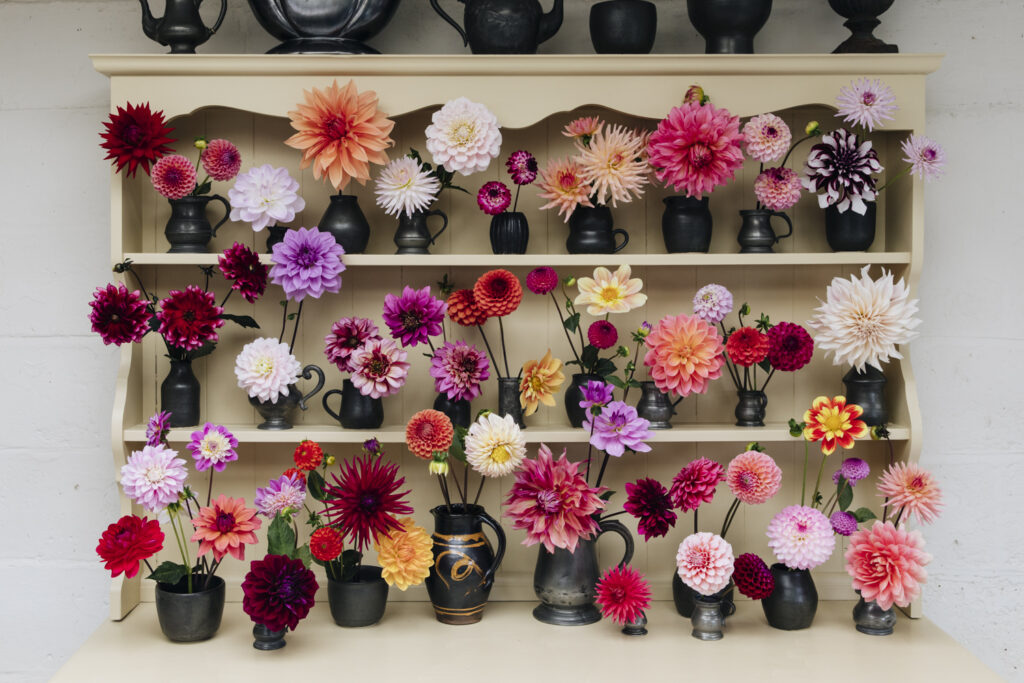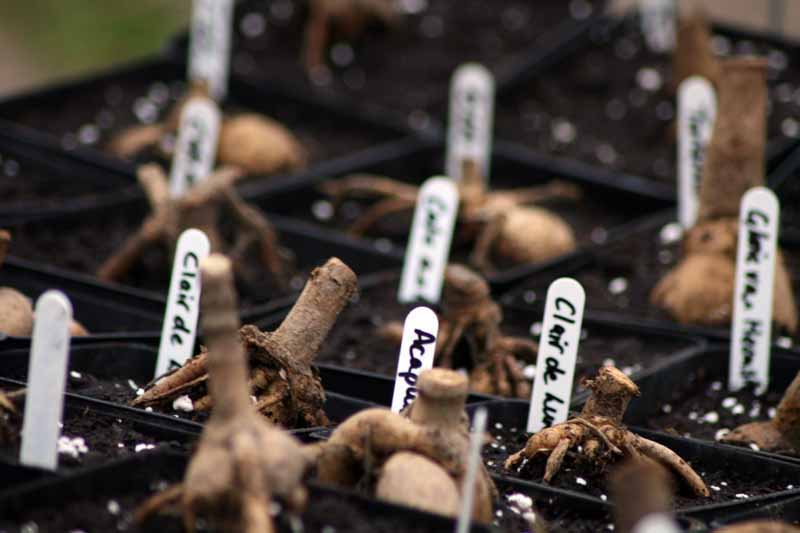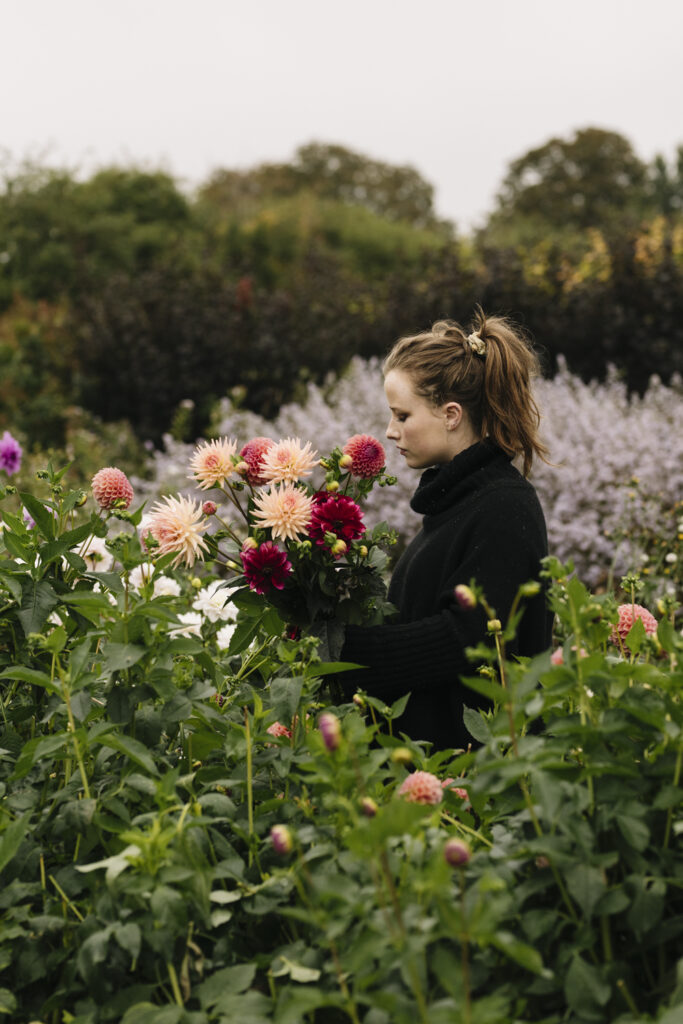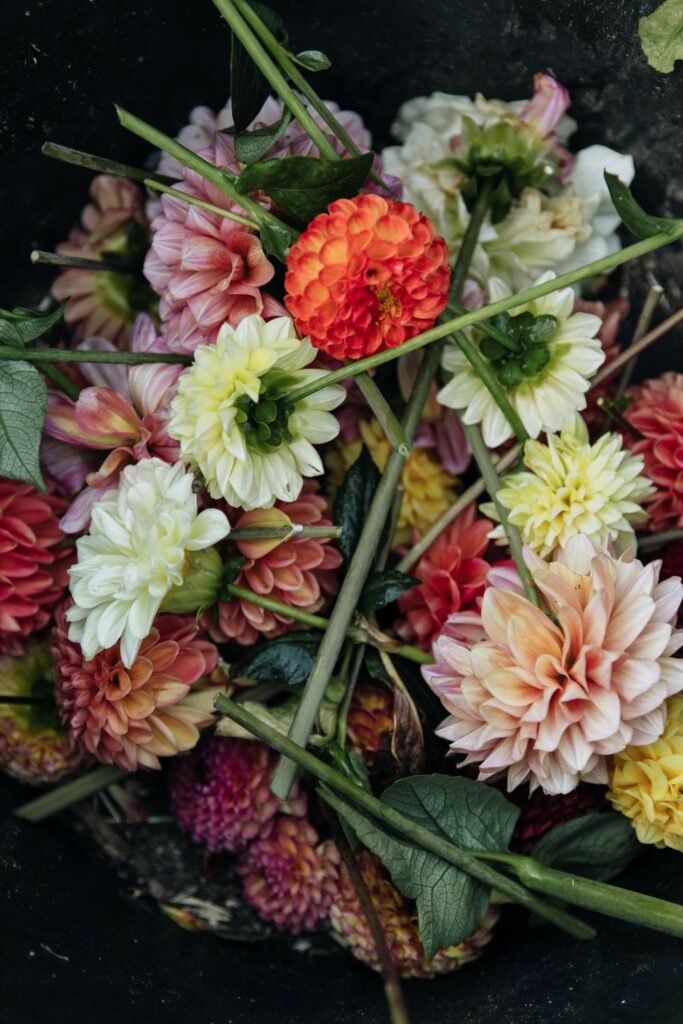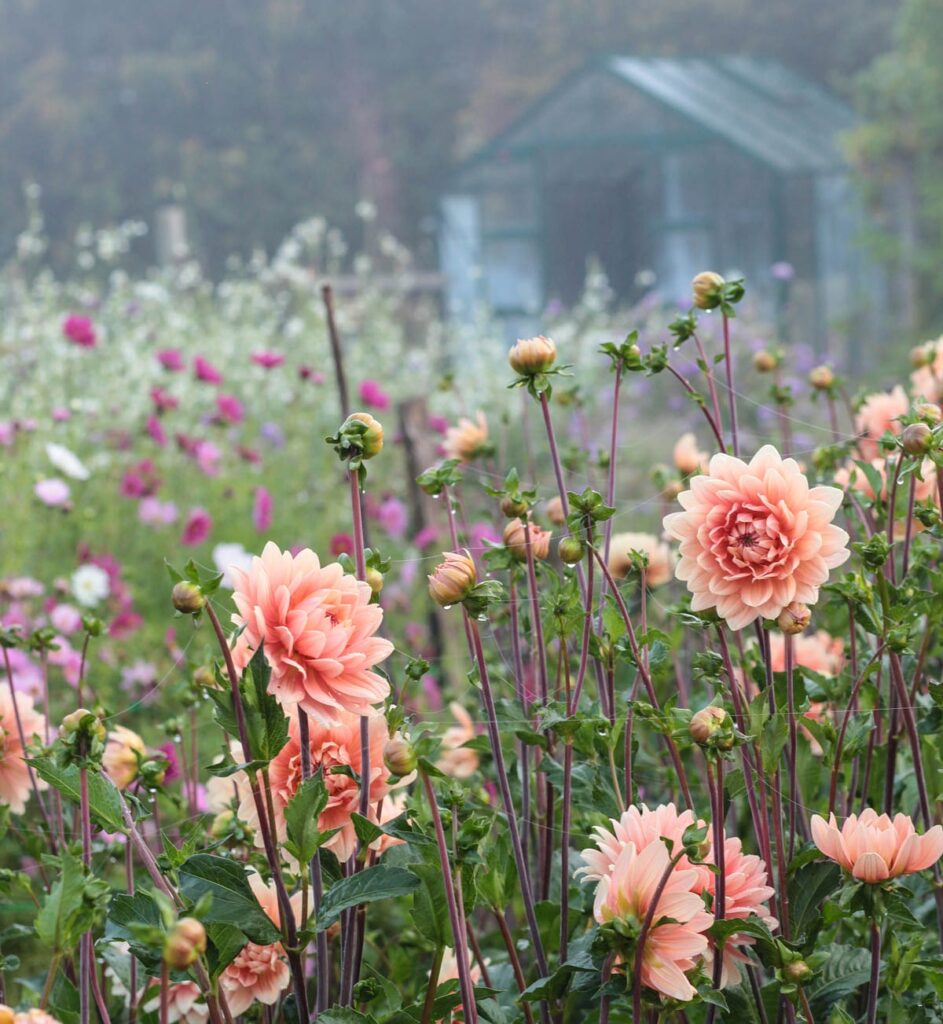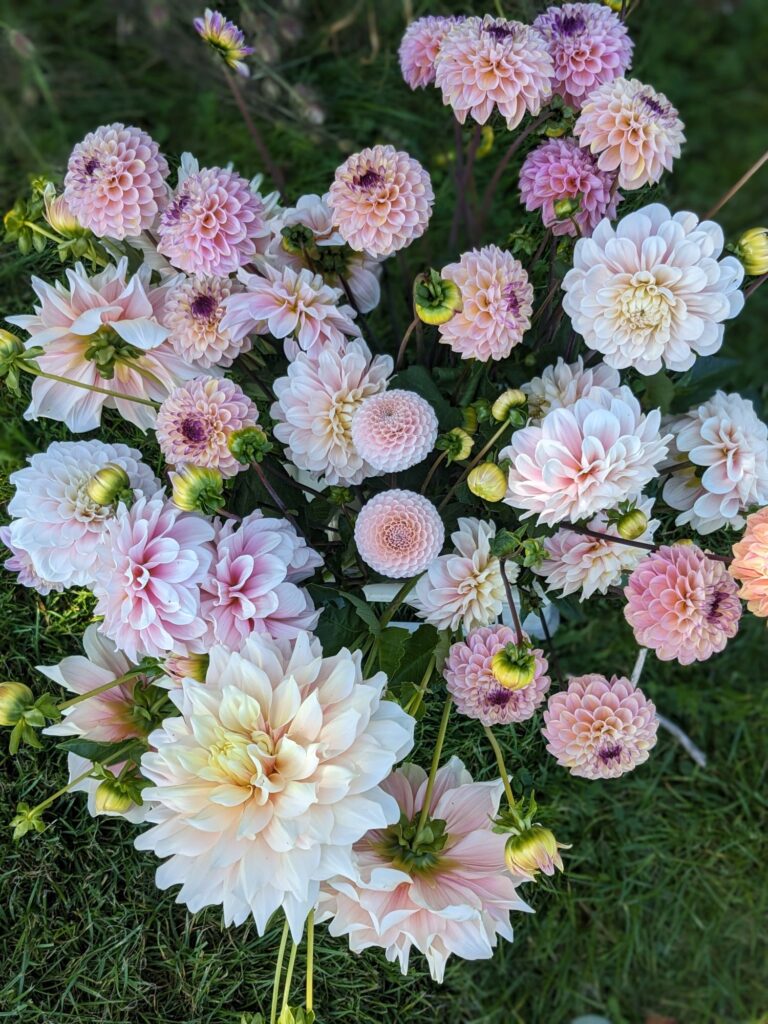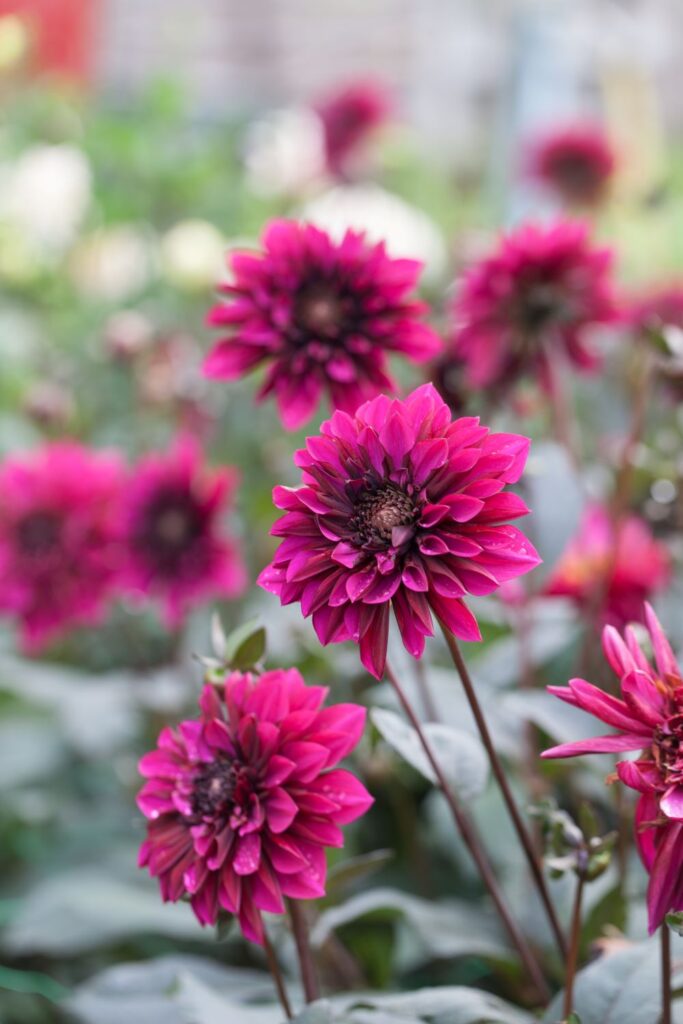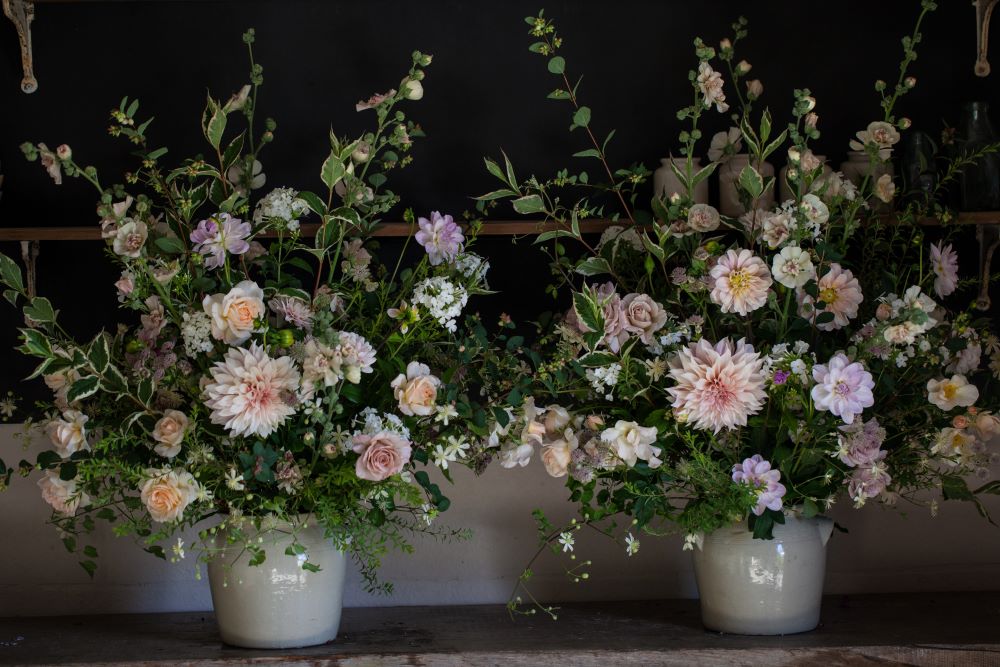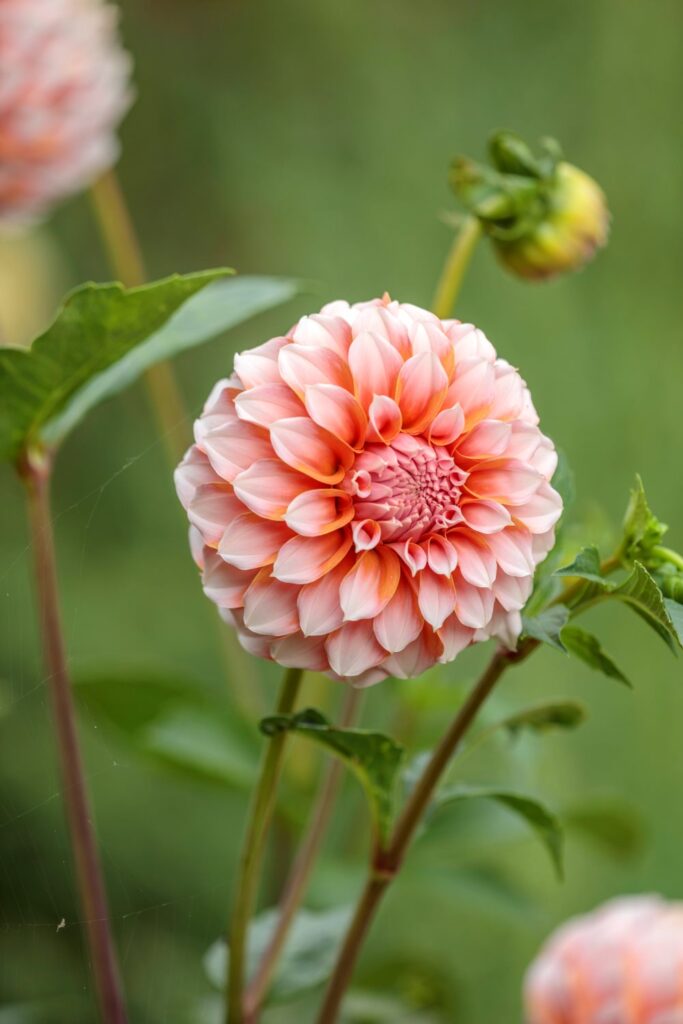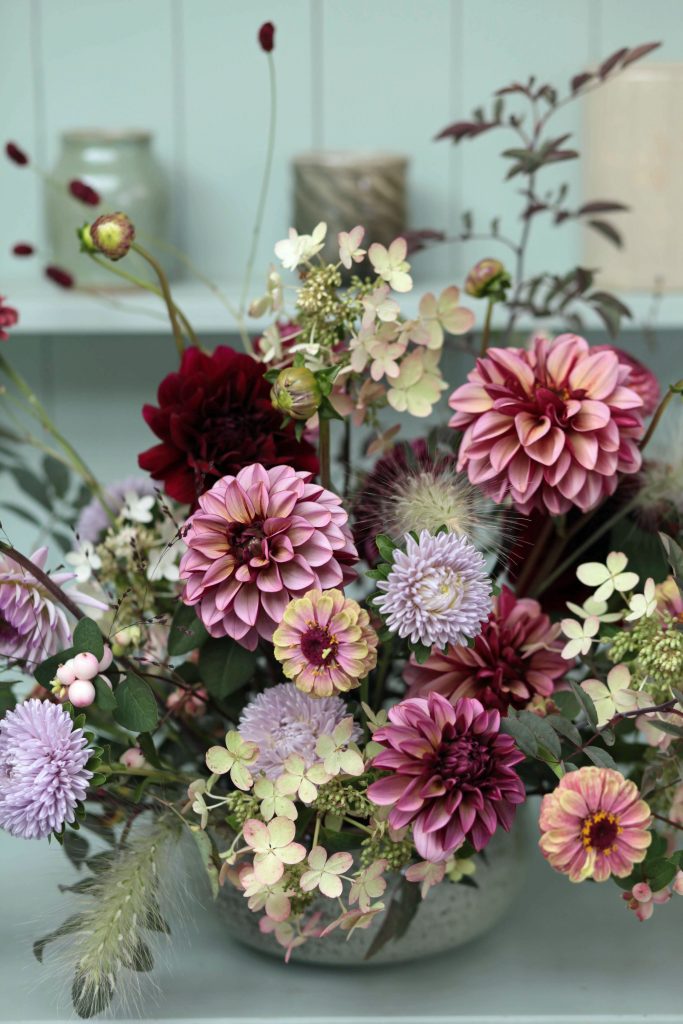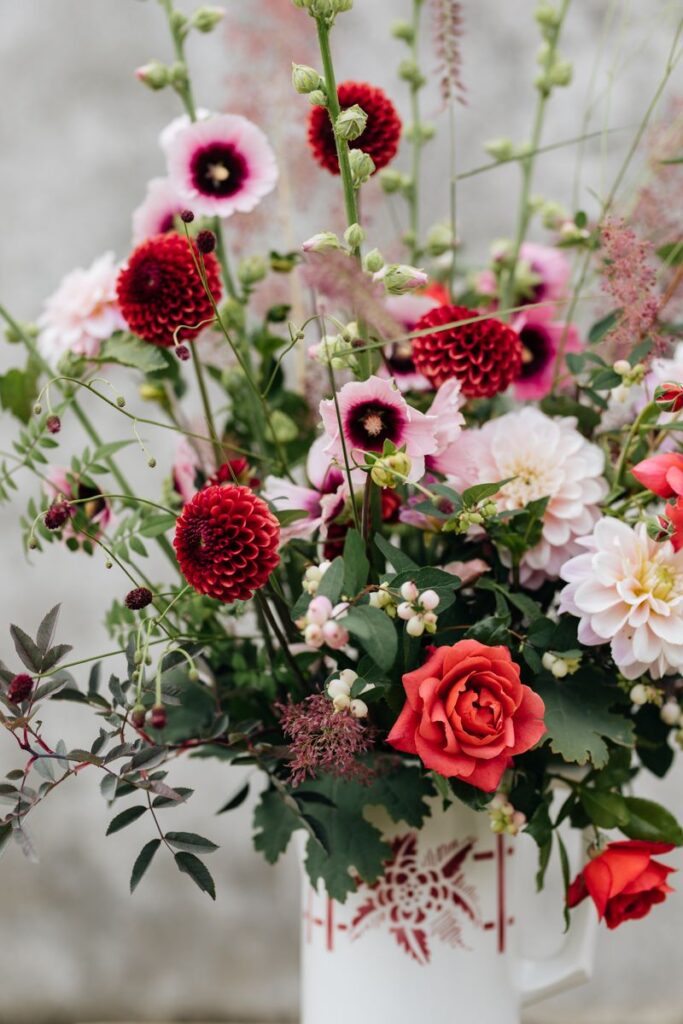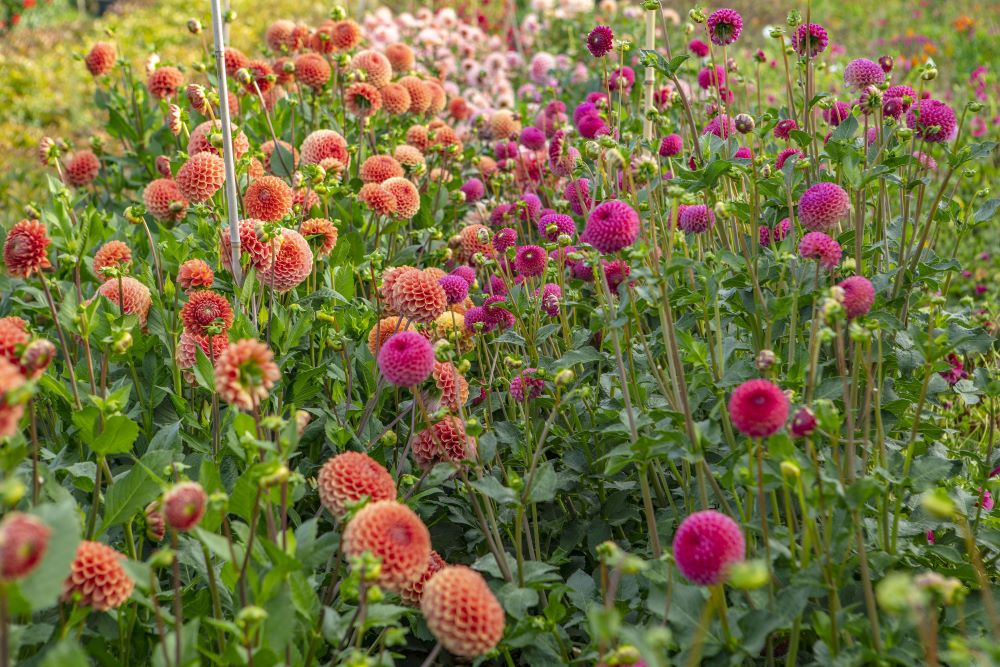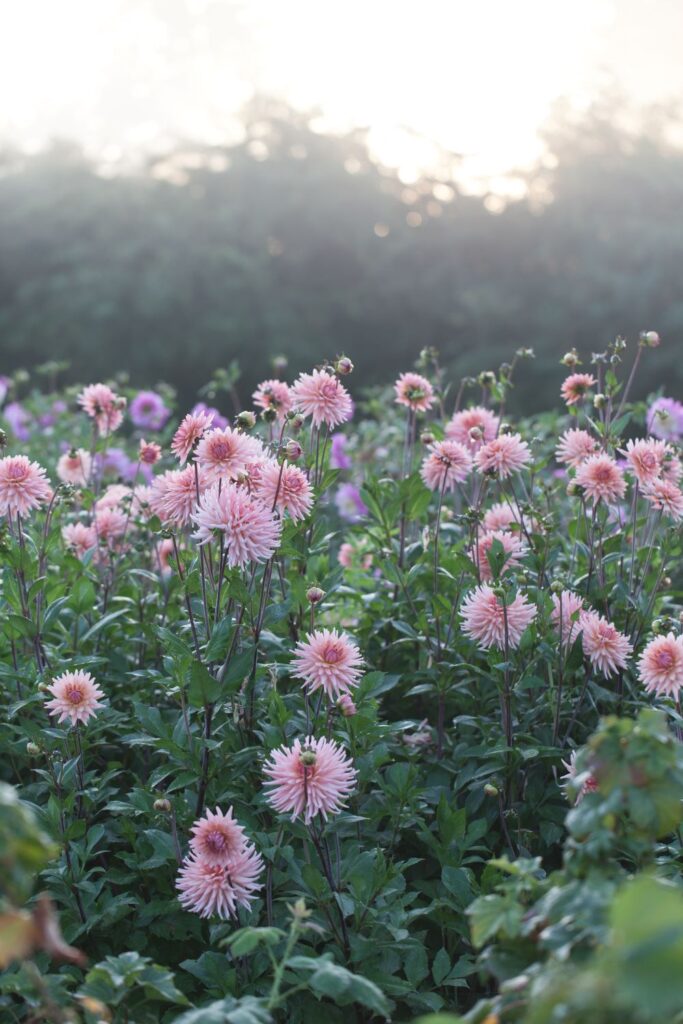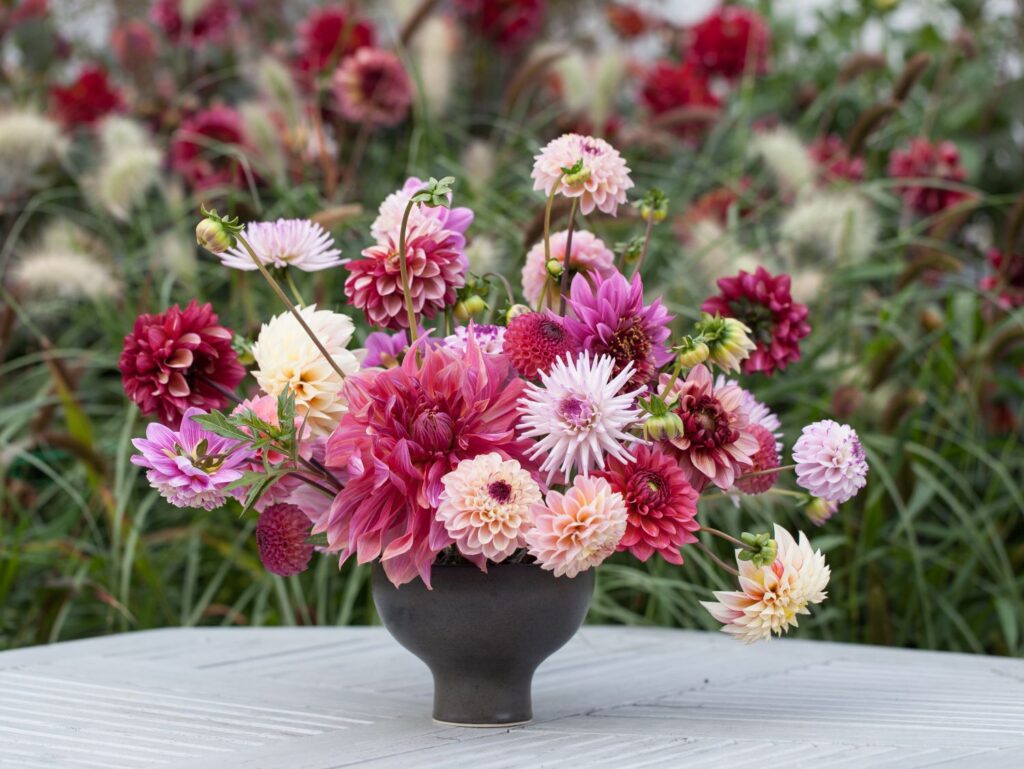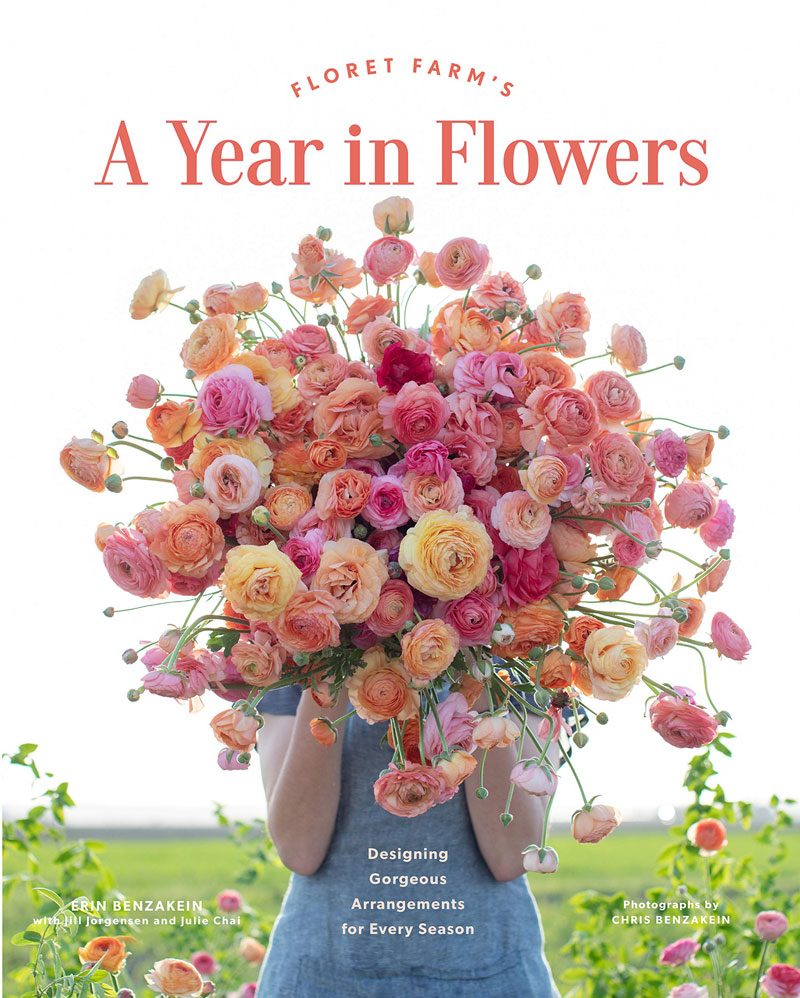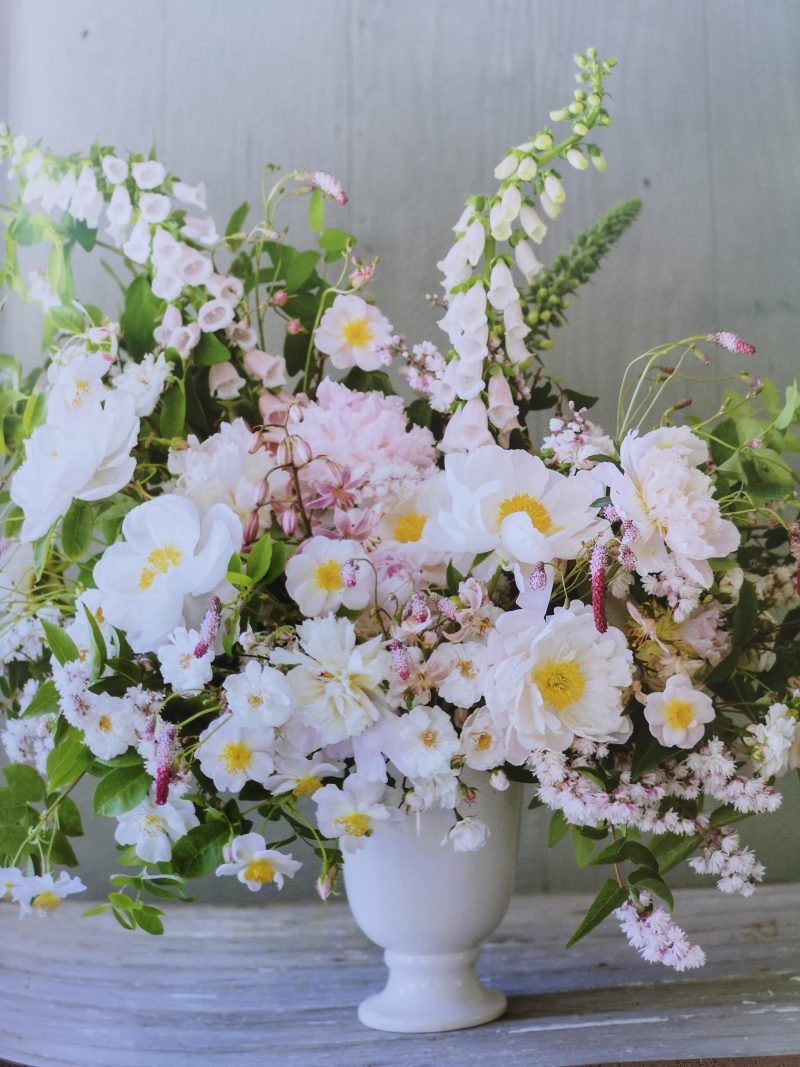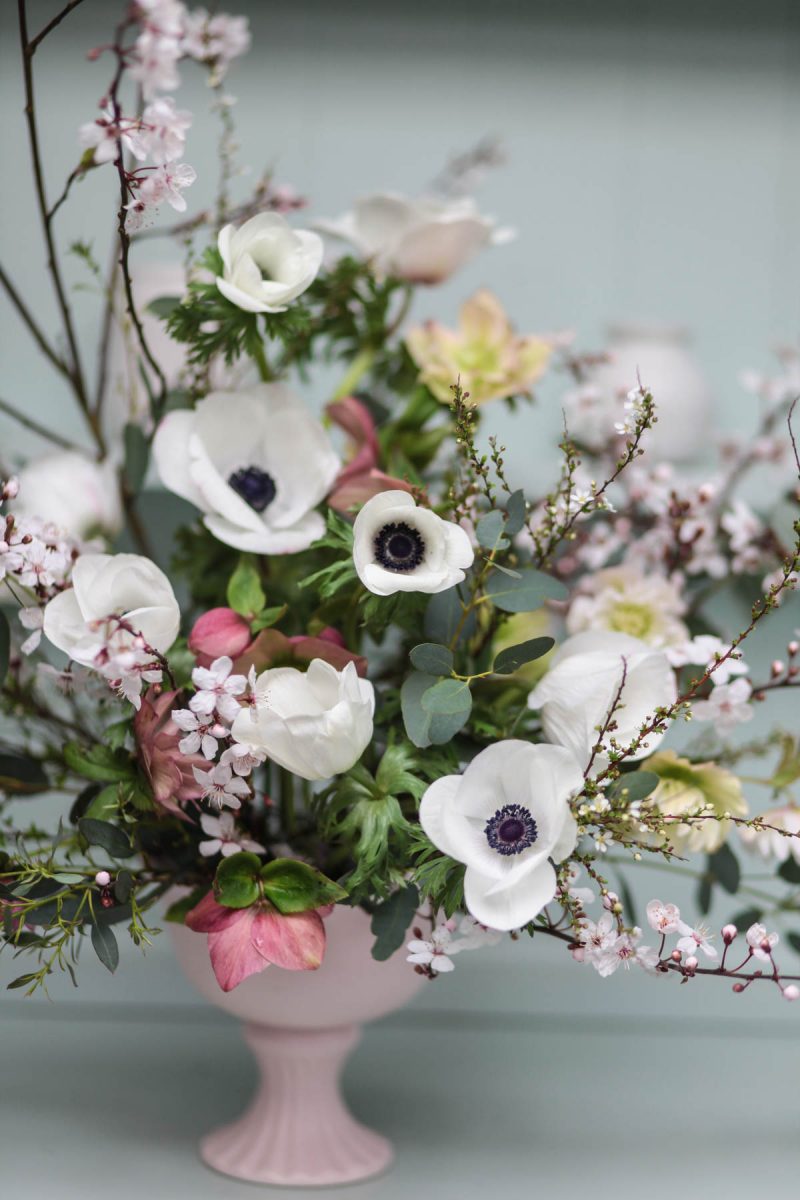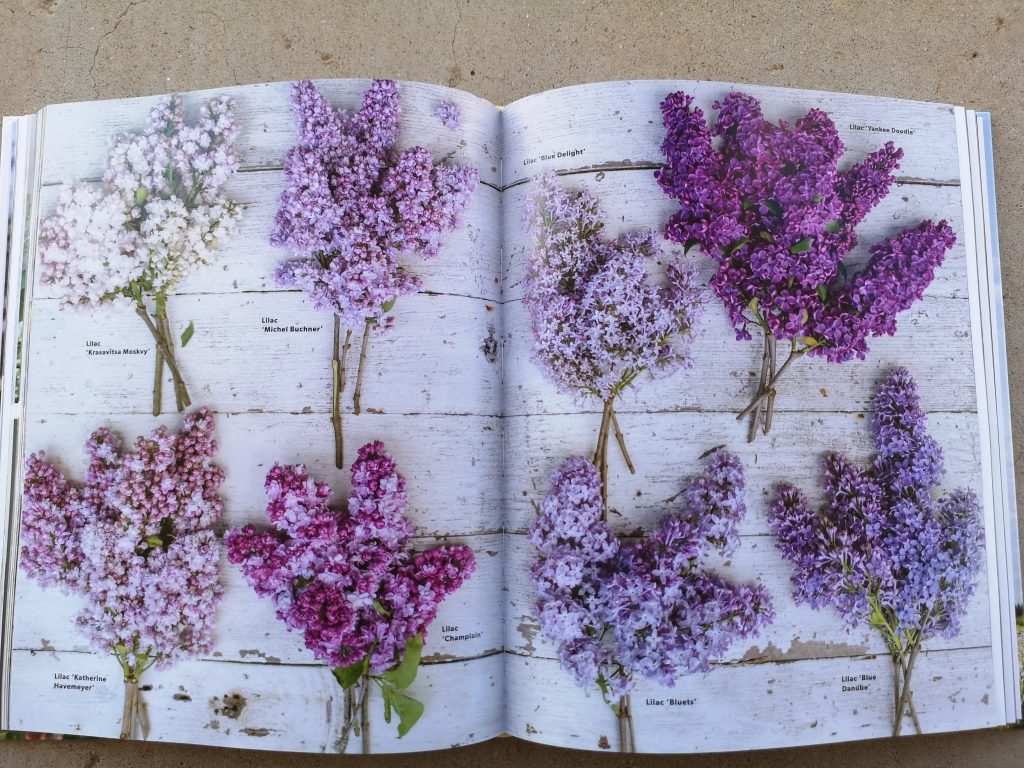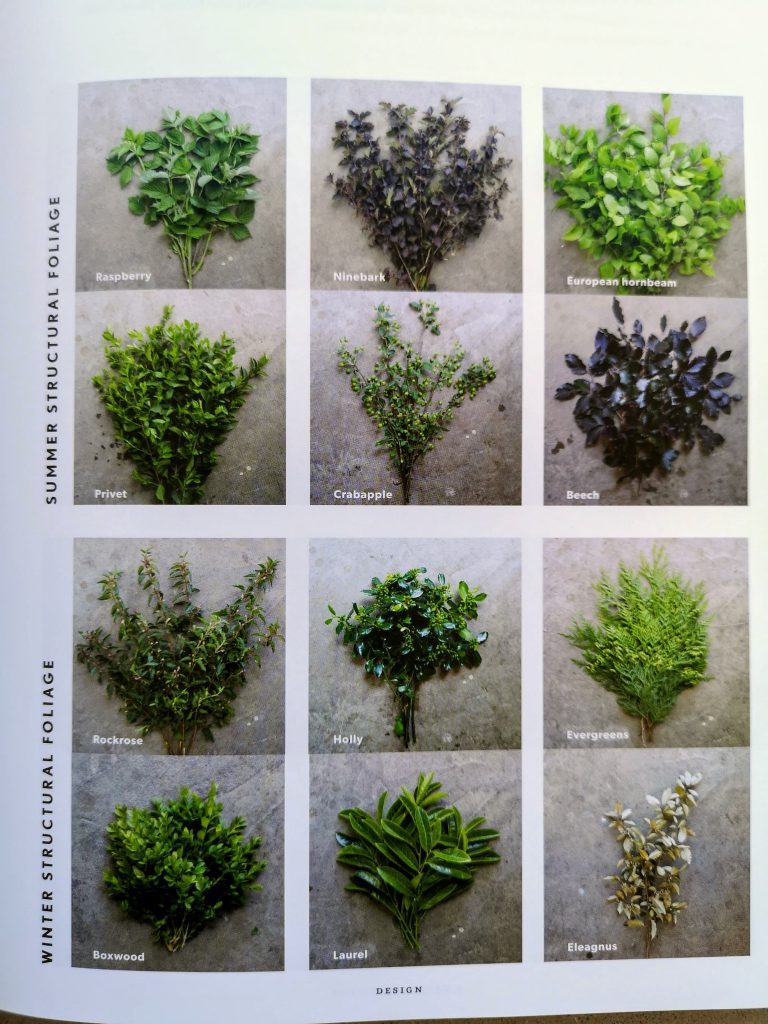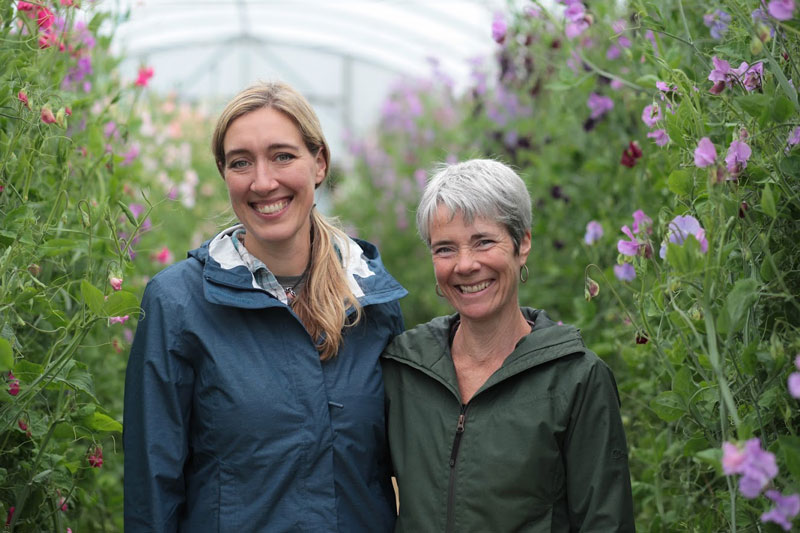There is no denying that crop planning can feel like a daunting task, especially on a few acres. I find like most jobs that feel overwhelming, it is best broken down into bite sized pieces. The majority of our farm is planted with perennials and woody plants, so I am only focusing on the annual crops which constitute about a quarter of the growing space, some of which is undercover.
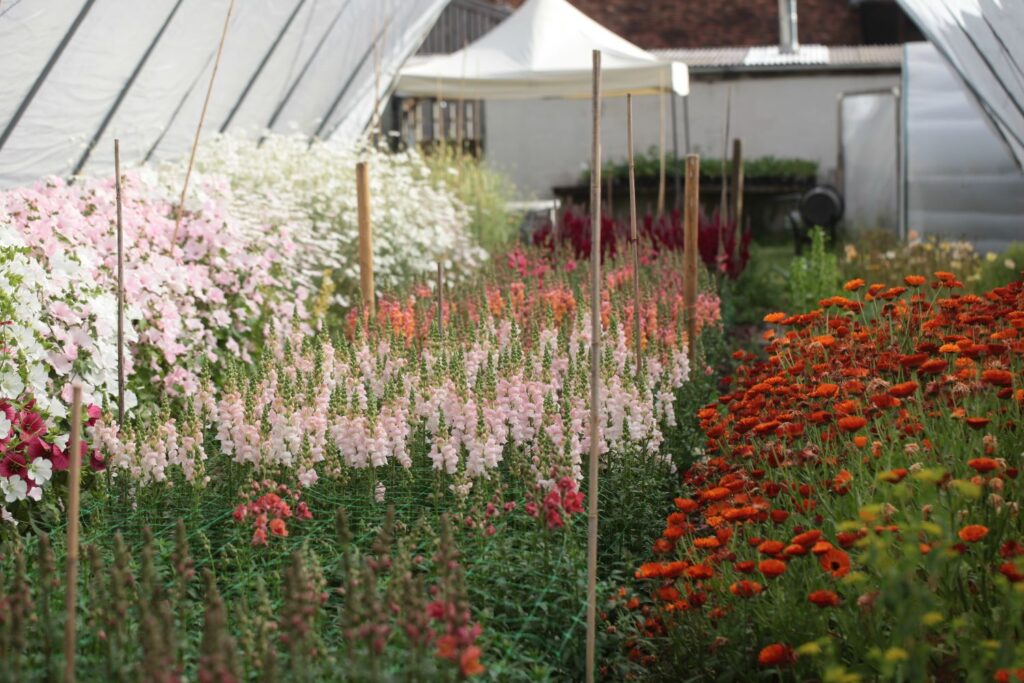
It is the perfect productive thing to do on grim days over the winter, when you’re feeling the need to do something workwise but outdoor jobs are not an option.
I think along with mulching it is one of the best ways to improve your flower production and take some of the stress out of being a flower farmer. A structured approach to your annual cropping is the only way to achieve good succession and a continual supply of flowers through the season. It will make the most of every square metre and if you have people helping you it uses their time more efficiently too. I have become rather adverse to being asked “what’s next?” and having to quickly come up with an answer, which under pressure is probably the wrong one! Everyone is happier when there is a clear plan to work on.
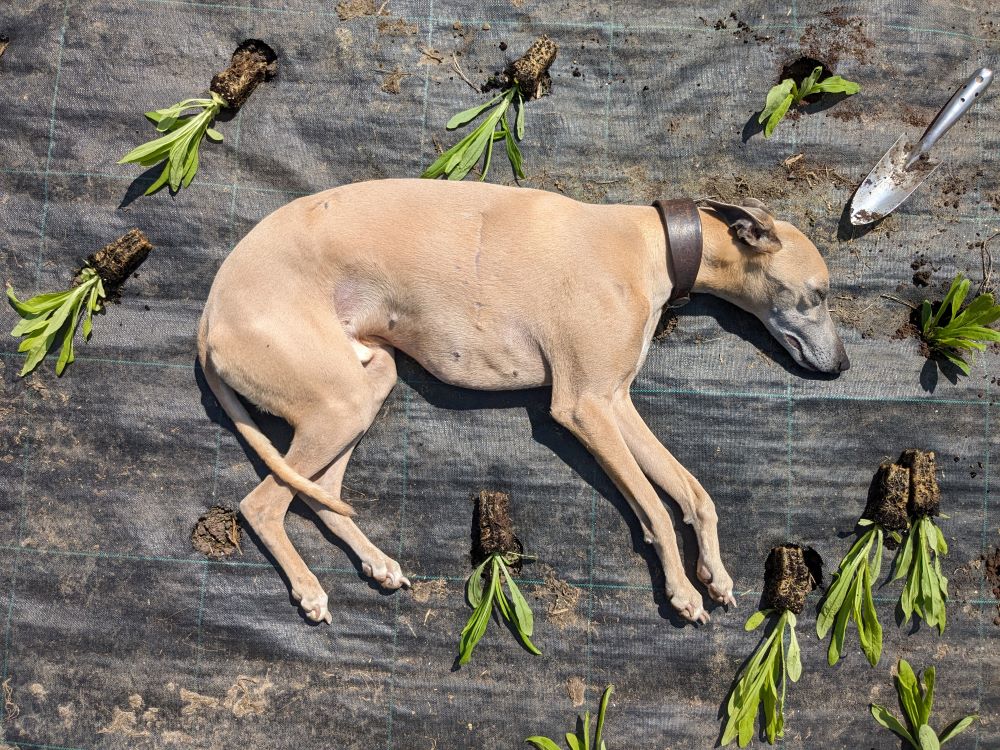
I usually start planning for the next year in December, with a wish list of annual flower varieties on my sowing to harvest spreadsheet. It always goes over a hundred which sounds like a lot, well it is a lot, but many of these are cultivars of one genus, for example we grow thirteen varieties of antirrhinums. I have the advantage of growing cut flowers on this site for 17 years so I know what grows well and what suits my floral style. I always like to try a few new flowers too, some of which make the cut for the following year. These are chosen based on colour and style trends and what I think my customers will like. This pale, smokey blue Cynoglossum ‘Ms Marilyn’ is a good example of a newbie that everyone loves – farm gate and seed customers, brides and florists.
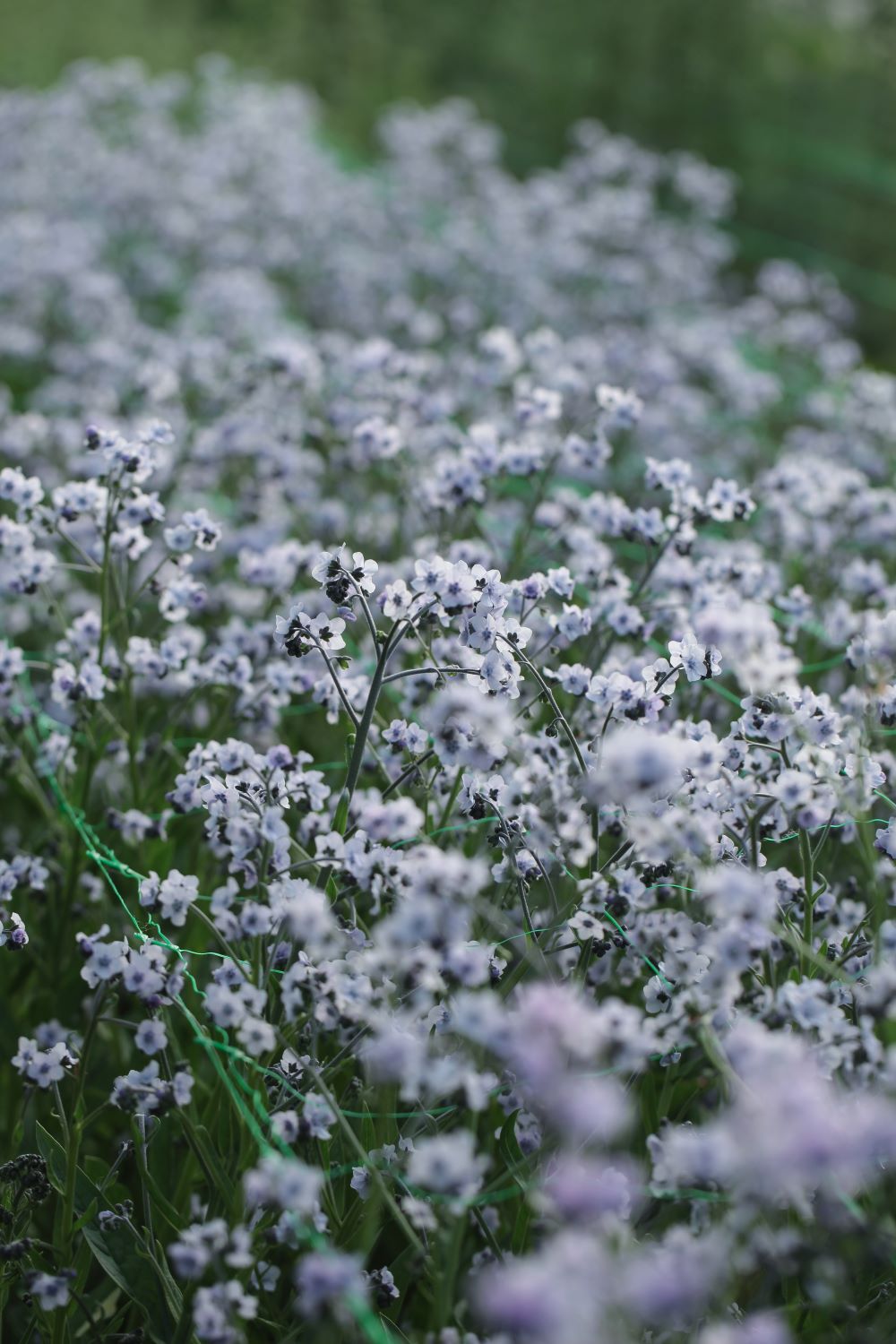
Once I have my list I start to think about which ones I want to sow more than once and insert rows in my spreadsheet for these. My favourites will be sown three times so I need sowing dates for each one and a planned bed for them to go in.
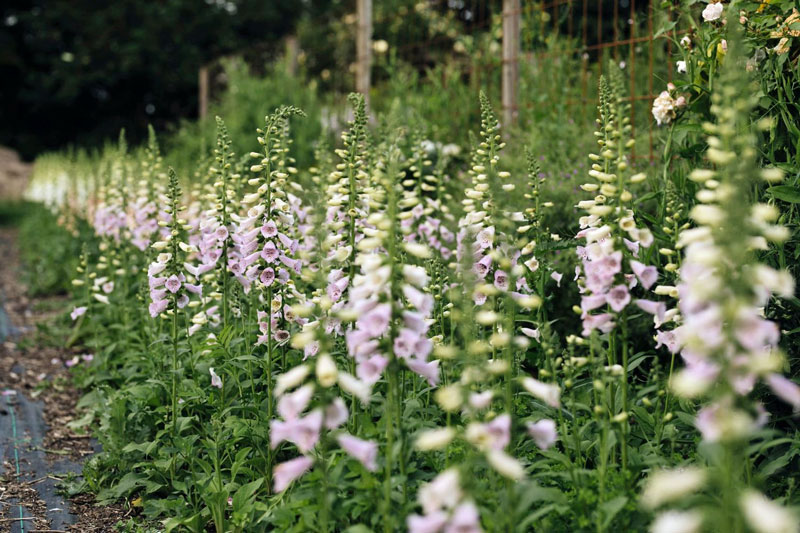
The next job is to get outside with a tape measure and calculate every bed designated for growing annuals. These should then be mapped out on graph paper and given a code number.
Back on my spreadsheet I note the plant spacing distance for each variety and its days to maturity, from seed to harvest. These jobs only need to be done once and then you have the data for next year.
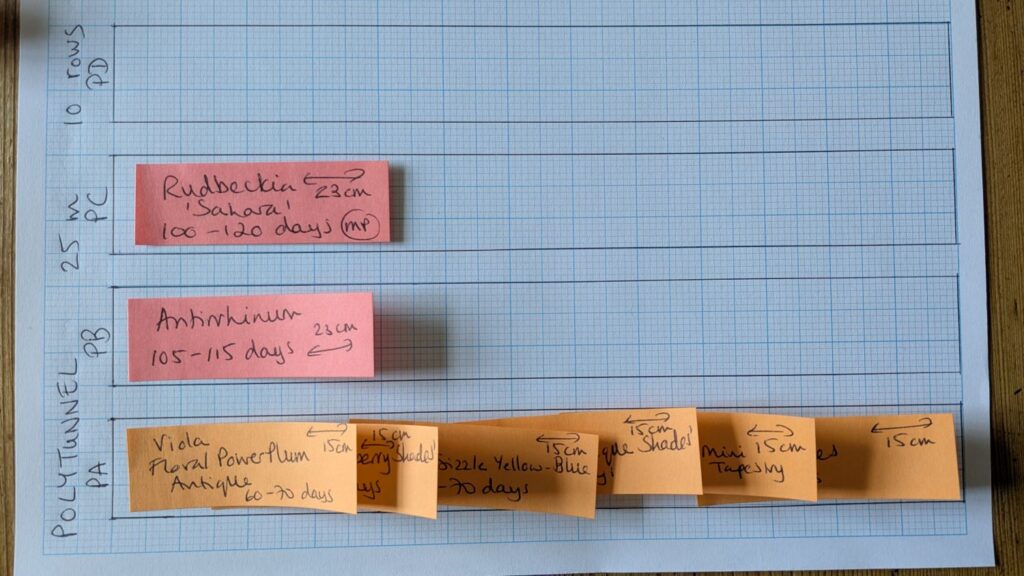
My colour pack of post it notes come out next and I write all my varieties on them, categorising them by days to maturity, plant spacing and height. Why are these important?
Days to maturity is number one as I want to sow, plant and clear beds at the same time for efficiency of labour and so I can turn the bed around for a later crop.
Plant spacing is important if you are using pre-burned landscape fabric with a grid system of holes.

The height of the plants should be roughly the same so that netting can be used across the entire bed at the same height.
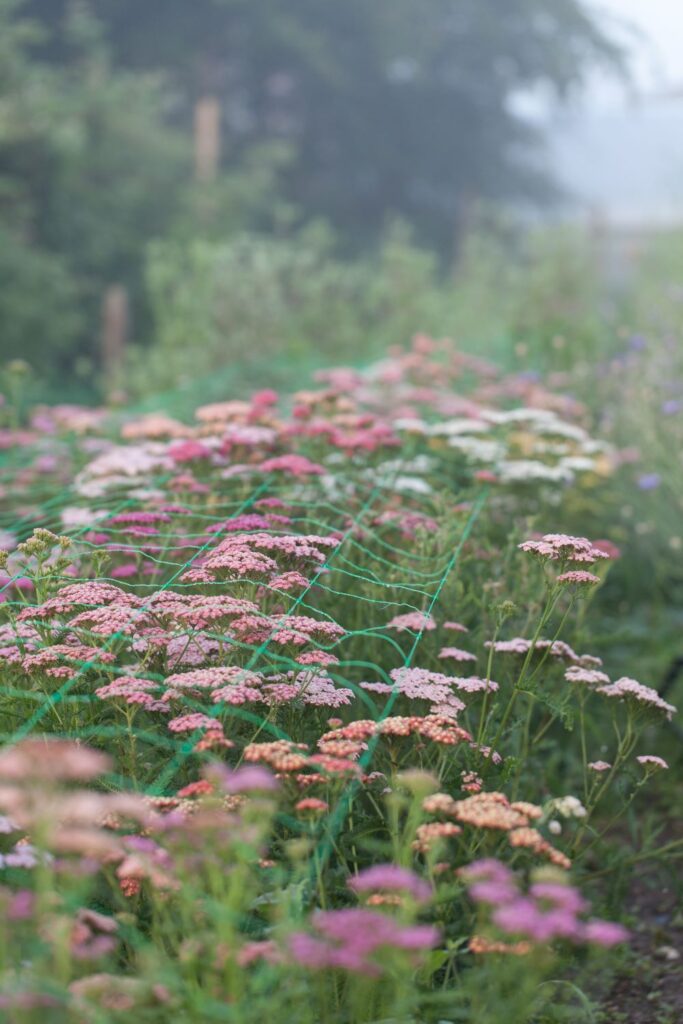
Our beds are 27m in length and 1.2m wide. I can calculate the number of transplants I need to raise, at the spacings I use, which will feed back into the number of cell trays I plan to sow for each variety.
Now I have my beds all drawn out and my plant post it notes at the ready, I lay everything out on a big table, put some music on and start to stick. I find this part fairly easy because of all the prep I have done. Once they are all in place I write on each post it how many plants I will need to reach the total for the bed.

The next job is to make sure all this information is fed back to my spreadsheet – where varieties are going and how many.
Now I know what I am growing and the number of seeds I need, I get on with ordering everything including all my sundries for sowing – seed compost, plug trays, labels etc.
The greenhouses have received their annual jet wash and the propagator is ready. All I need to do now is work out when I am going to sow them.
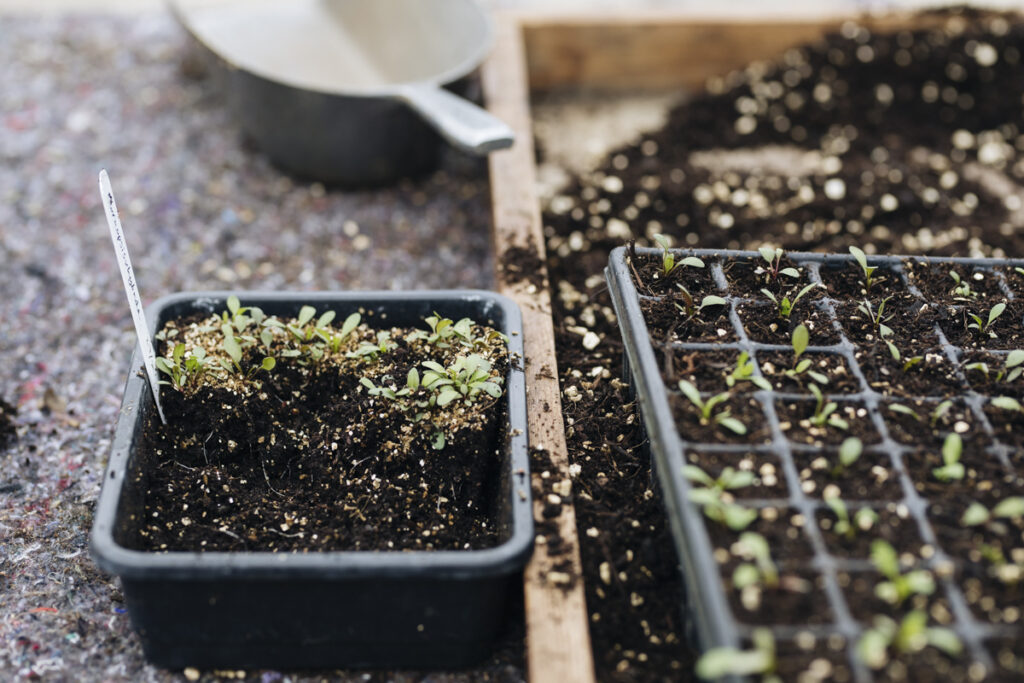
More about the sowing schedule in my next post.

